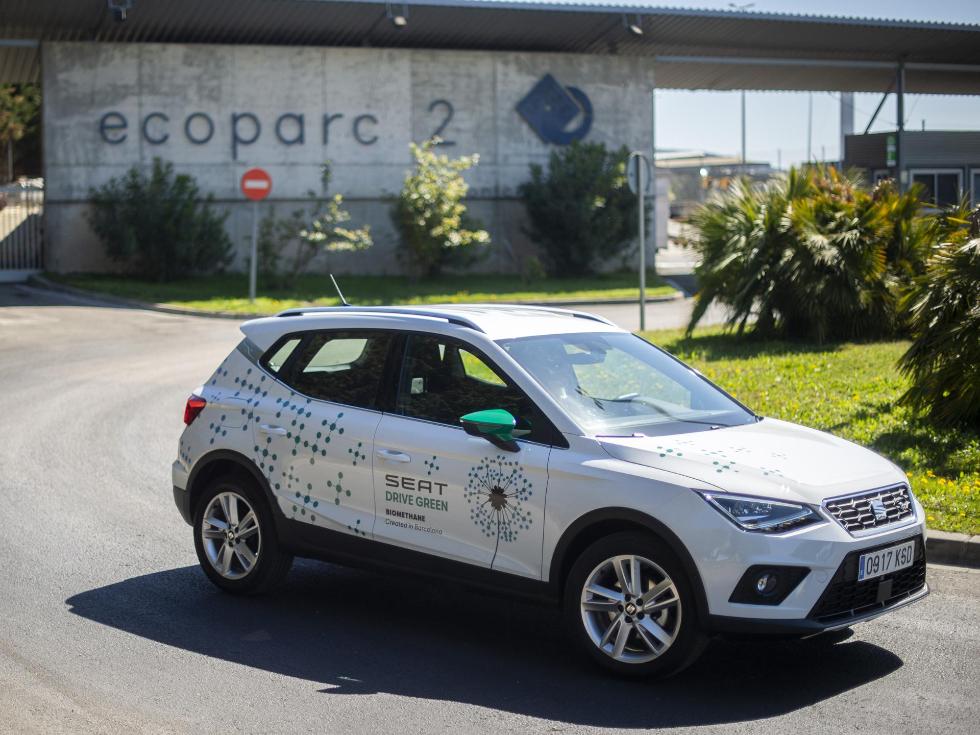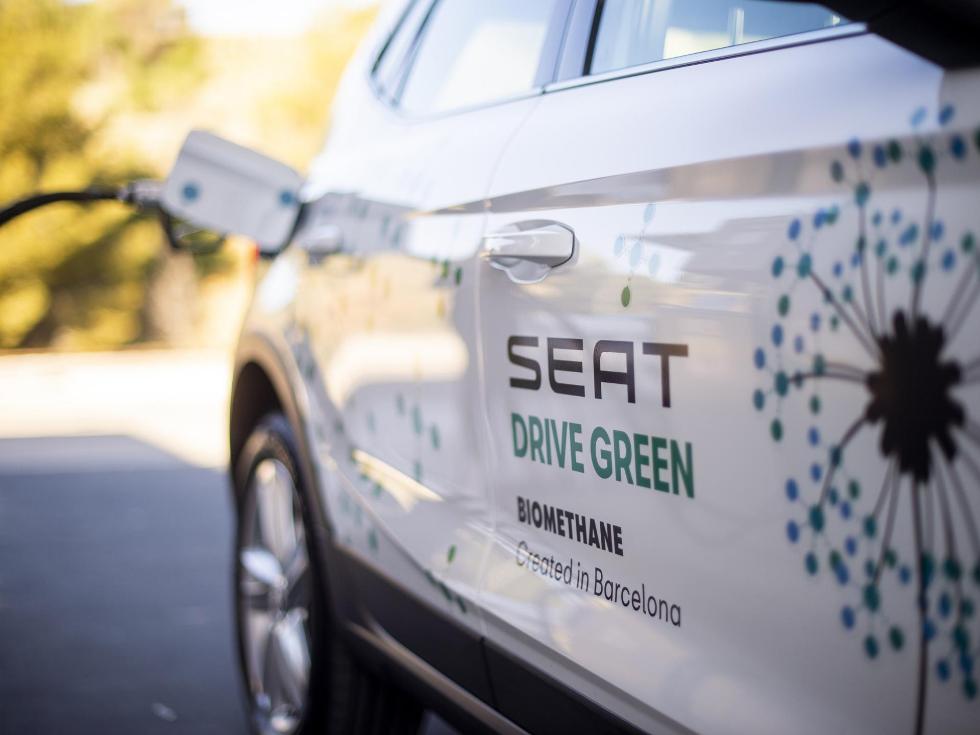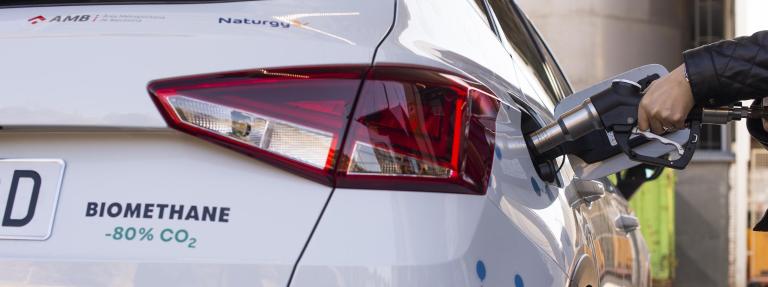Biomethane from organic waste: the SEAT project in Barcelona
Life Methamorphosis intelligently reuse the organic waste, reducing CO2 emissions by 80% compared to fossil fuels.
The best form of sustainable mobility, in the long term, will be electric. But in this time of transition there is room for alternative energy sources with different features from traditional fuels. An example? Biomethane generated from organic waste. This is the idea behind the Life Methamorphosis project, for which SEAT partnered with the city of Barcelona and other companies in the energy sector to transform certain types of waste into a renewable energy source. Here’s how it works.
Recycling

Each inhabitant of the city of Barcelona generates approximately 1.5 kg of waste per day, which means about 2,500 tonnes for the whole city. Of this, only 40% is recycled. In the Life Methamorphosis project biomethane is produced starting from the organic waste stored at the Ecoparc 2, both taken from dedicated organic waste containers and recovered from the “mixed waste” containers.
Transforming
The transformation process starts with a selection, before the material is placed in a 26-metre-tall anaerobic digester with a capacity of 4,500 cubic metres. As there is no oxygen in the digesters, a decomposition process begins which generates gases. After around 30 days, the result is biogas with 65% methane – that lacks of the sufficient quality to power an engine, and therefore it requires refinement. The material left in the bottom of the digester is used as fertiliser.
Refining and compressing

The gas sent for refinement is a mixture of methane and carbon dioxide. Once purified, the resulting biomethane is compressed and stored. The goal of the project is to produce high-quality gas which can be used without problems in motor vehicles.
For this reason, the tests also include an analysis of the effect of biomethane on engines, that will be carried out as soon as the three SEAT Leon and one Arona will have been driven for a minimum of 30,000 km.
Refuelling

In chemical terms, biomethane is identical to conventional methane, meaning that it can be injected into the existing gas supply network and used directly or mixed with conventional gas. At the moment, the biomethane being produced is that required to fuel the test vehicles, but the quantity of waste available at Ecoparc 2 would allow this to be increased dramatically – roughly enough for 3,570 SEAT Leon to drive around the world every year.
The Life Methamorphosis project is making a concrete contribution from many points of view: it contributes to the circular economy, reduces waste and greenhouse gas emissions since, as its production and use generate 80% less CO2 emissions compared to petrol.
Source: SEAT S.A.
